
Chikungunya Disease: Causes, Symptoms, Diagnosis, Treatment, and Prevention
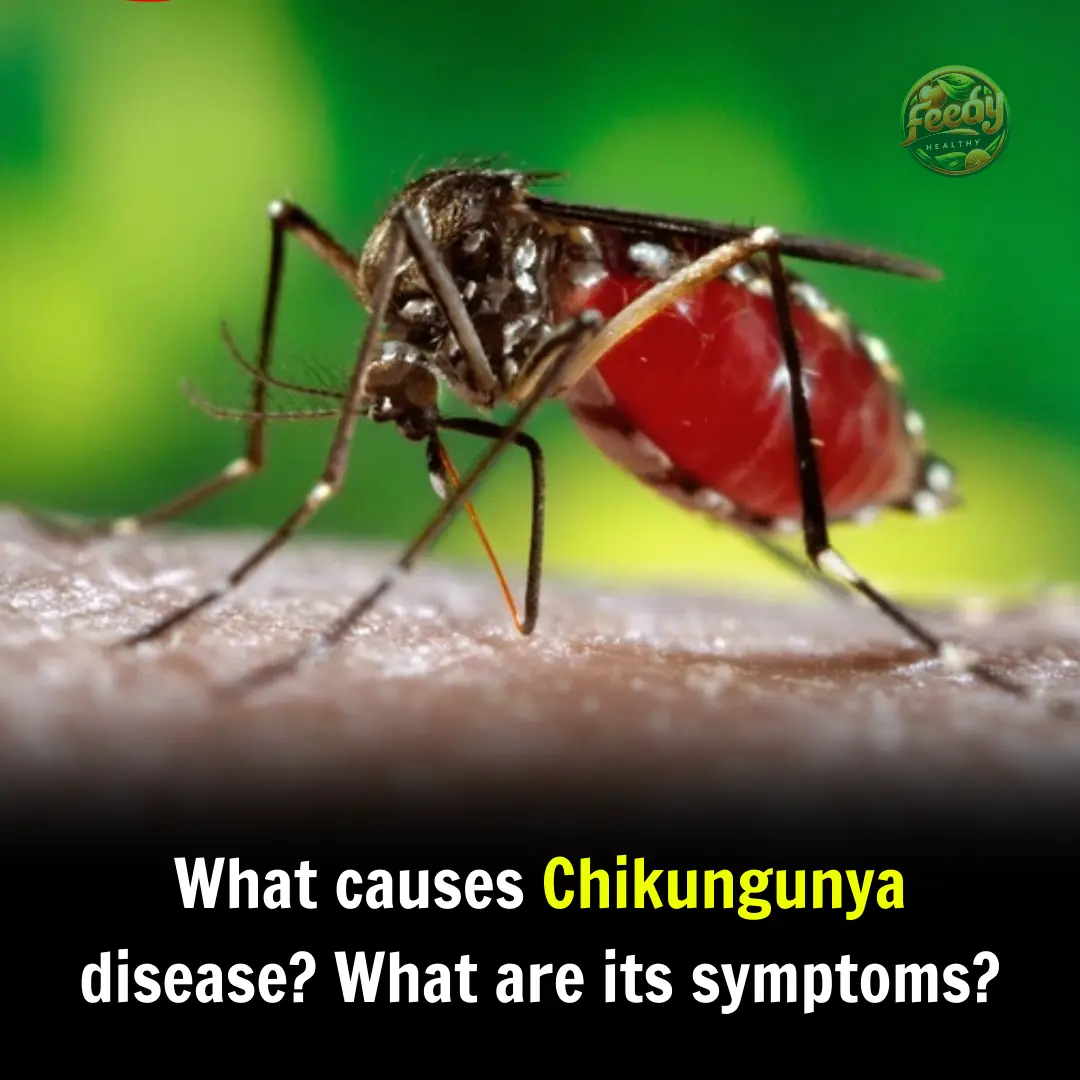
What Causes Chikungunya?
Chikungunya is a mosquito-borne viral disease transmitted primarily by the Aedes aegypti and Aedes albopictus mosquitoes—the same vectors responsible for dengue and Zika.
It is endemic in parts of Africa, India, Pakistan, Nepal, Guam, Southeast Asia, New Guinea, China, Mexico, Central and South America, the Caribbean islands, the Indian Ocean, and the Pacific Islands. Limited local transmission has also been documented in Florida, Puerto Rico, and the U.S. Virgin Islands.
The disease is caused by the Chikungunya virus (CHIKV), an alphavirus belonging to the Togaviridae family.
Symptoms of Chikungunya
Chikungunya presents as an acute febrile illness, followed by chronic polyarthritis or polyarthralgia, which can persist for months or even years, often becoming severe and disabling.
Other symptoms may include:
-
Headache
-
Muscle pain
-
Joint swelling
-
Skin rash
Rarely, cases of primary lymphoma have been reported in association.
Diagnosis
Doctors should suspect Chikungunya in patients who develop sudden fever and joint pain after living in or traveling to endemic regions.
-
Laboratory confirmation can be done by detecting CHIKV RNA using RT-PCR.
-
After 7 days of symptom onset, serologic tests for anti-CHIKV IgM antibodies can also be performed.
Because dengue virus and Zika virus share the same mosquito vectors and overlapping clinical features, they must be considered in the differential diagnosis. Importantly, ruling out dengue is essential, as proper management of dengue can significantly improve outcomes.
Treatment
Currently, there is no specific antiviral treatment for Chikungunya. Management is primarily supportive and symptom-based:
-
Rest and adequate hydration
-
Antipyretics and pain relievers (acetaminophen preferred in dengue-endemic areas to minimize bleeding risk)
-
Nonsteroidal anti-inflammatory drugs (NSAIDs) may help reduce fever and joint pain but should be used cautiously until dengue has been excluded
Prevention
Prevention of Chikungunya focuses on reducing mosquito bites and vaccination.
-
Vector control: Use mosquito repellents, bed nets, and eliminate standing water where mosquitoes breed.
-
Vaccination: In 2023, the U.S. Food and Drug Administration (FDA) approved the first Chikungunya vaccine for individuals aged 18 years and older who are at high risk of exposure—such as international travelers and laboratory workers.
✅ In summary: Chikungunya is a mosquito-borne disease with potentially long-lasting joint complications. While there is no cure, supportive care, prevention of mosquito bites, and now vaccination play critical roles in reducing the disease burden.
News in the same category

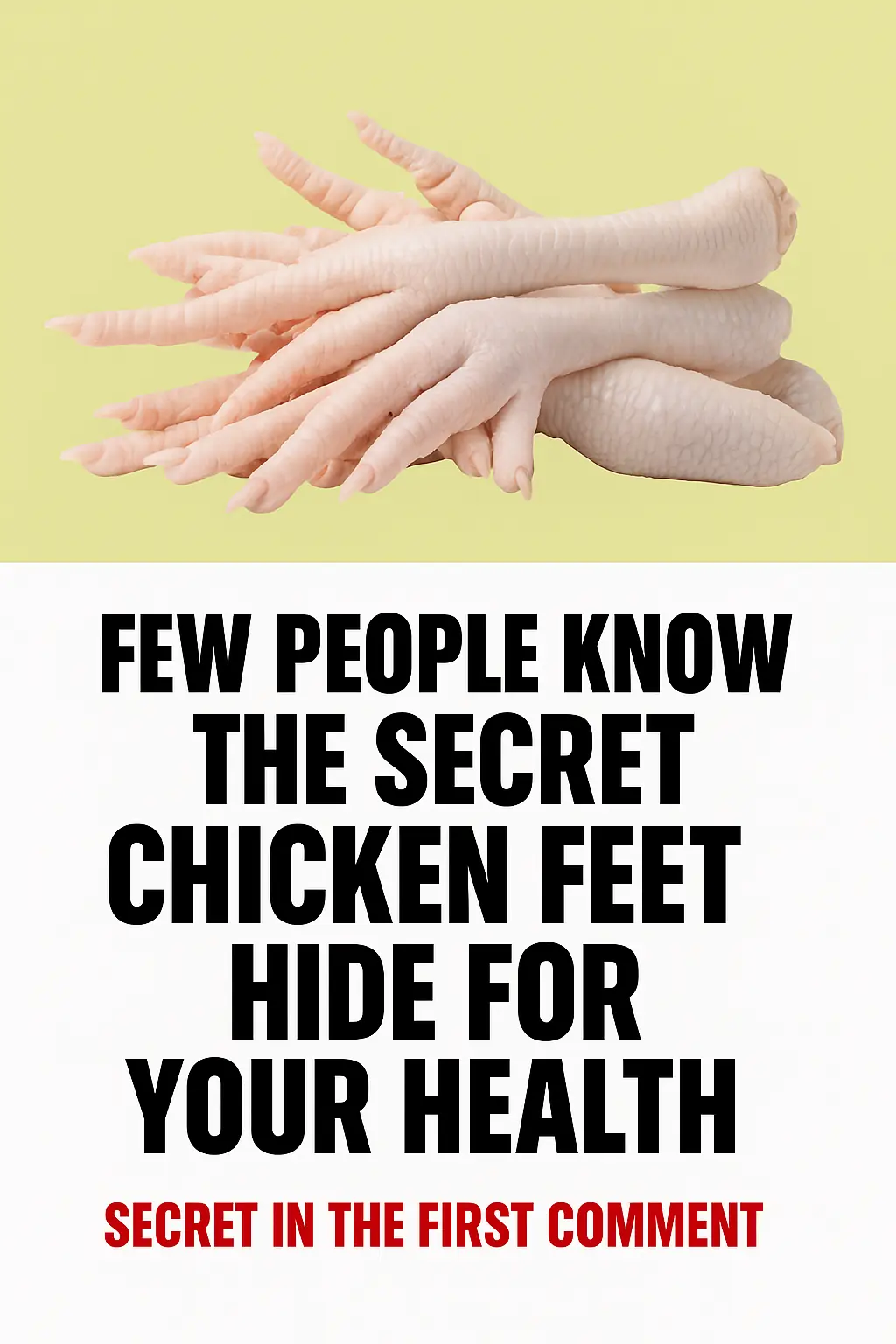
The Surprising Health Benefits of Chicken Feet
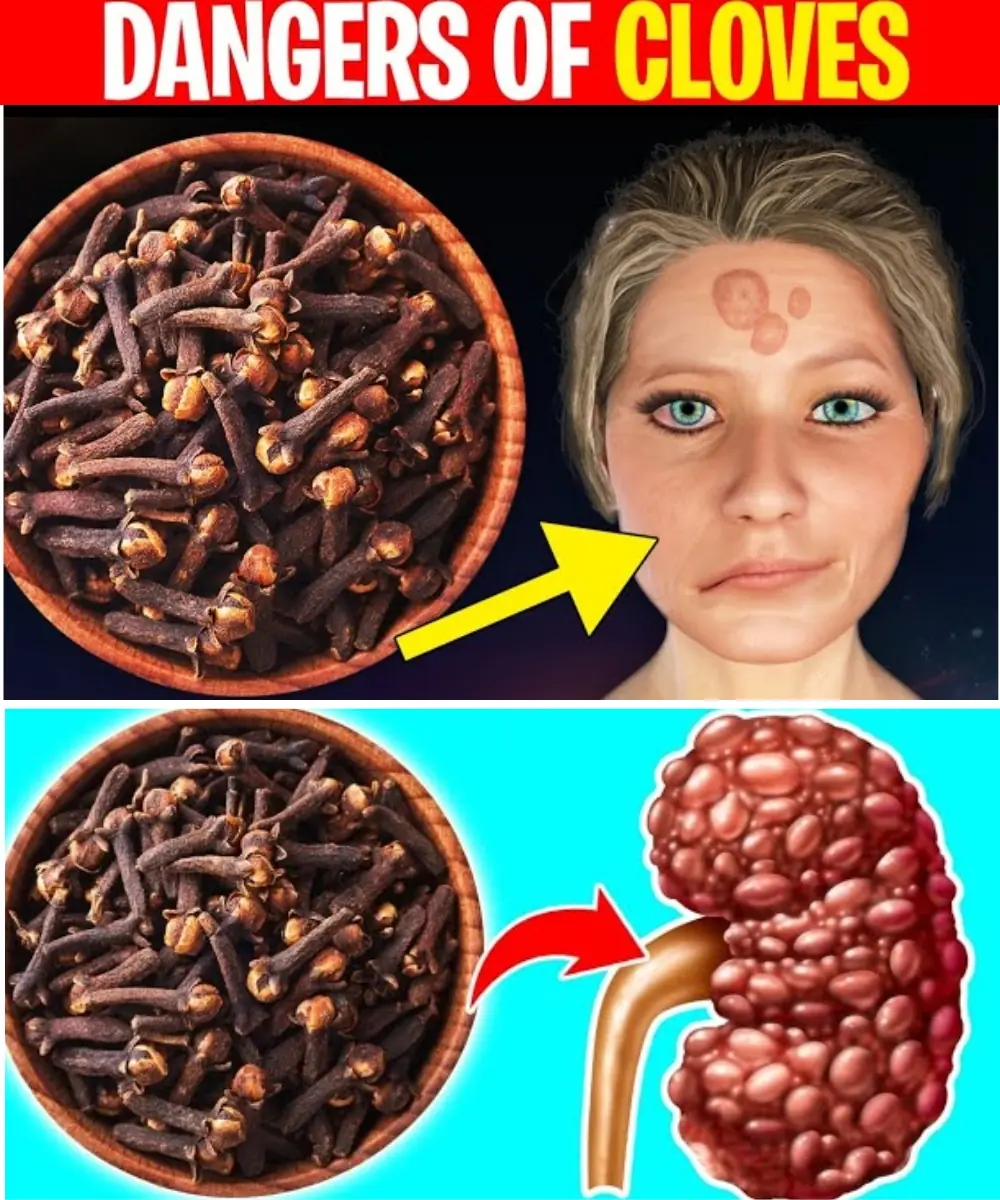
❗Avoid Cloves If You Have These Health Issues – What Doctors Rarely Warn You About
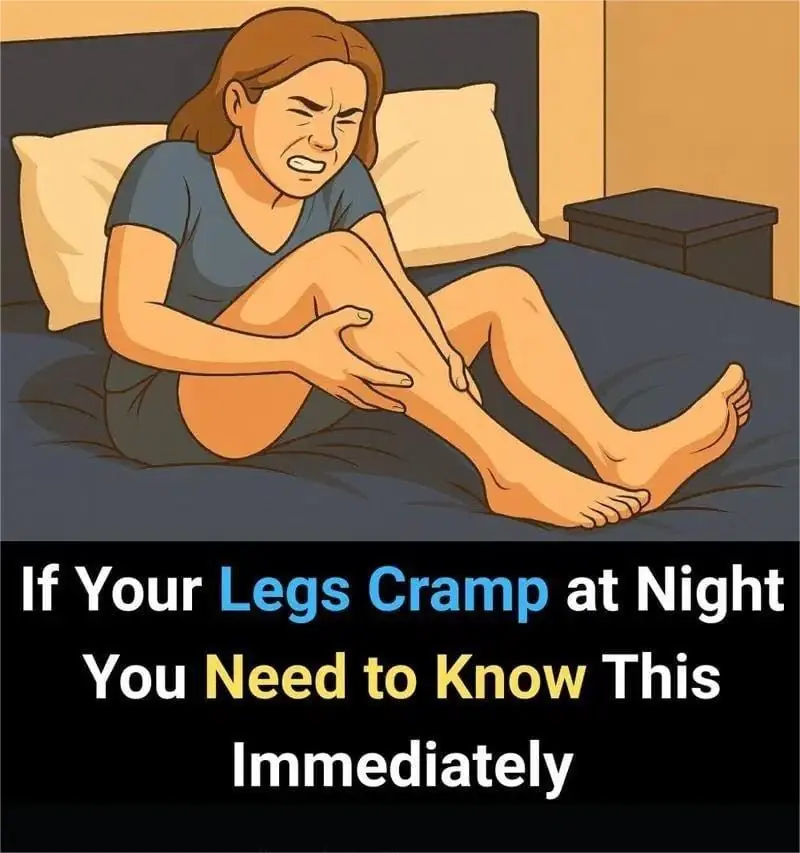
Why Your Legs Cramp At Night (And How to Fix It)
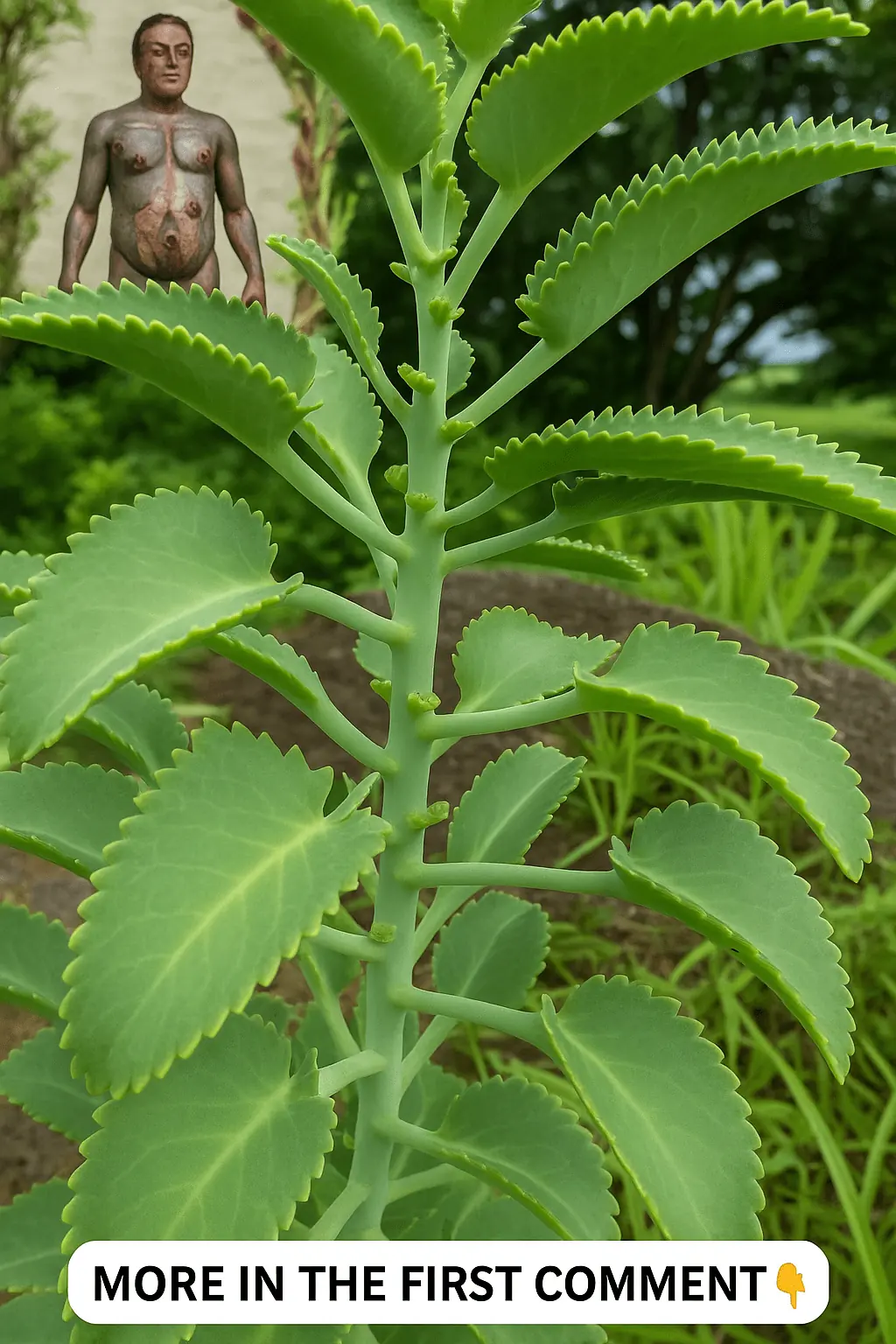
Discover the Hidden Treasure in Your Home: Kalanchoe and Its Medicinal Properties
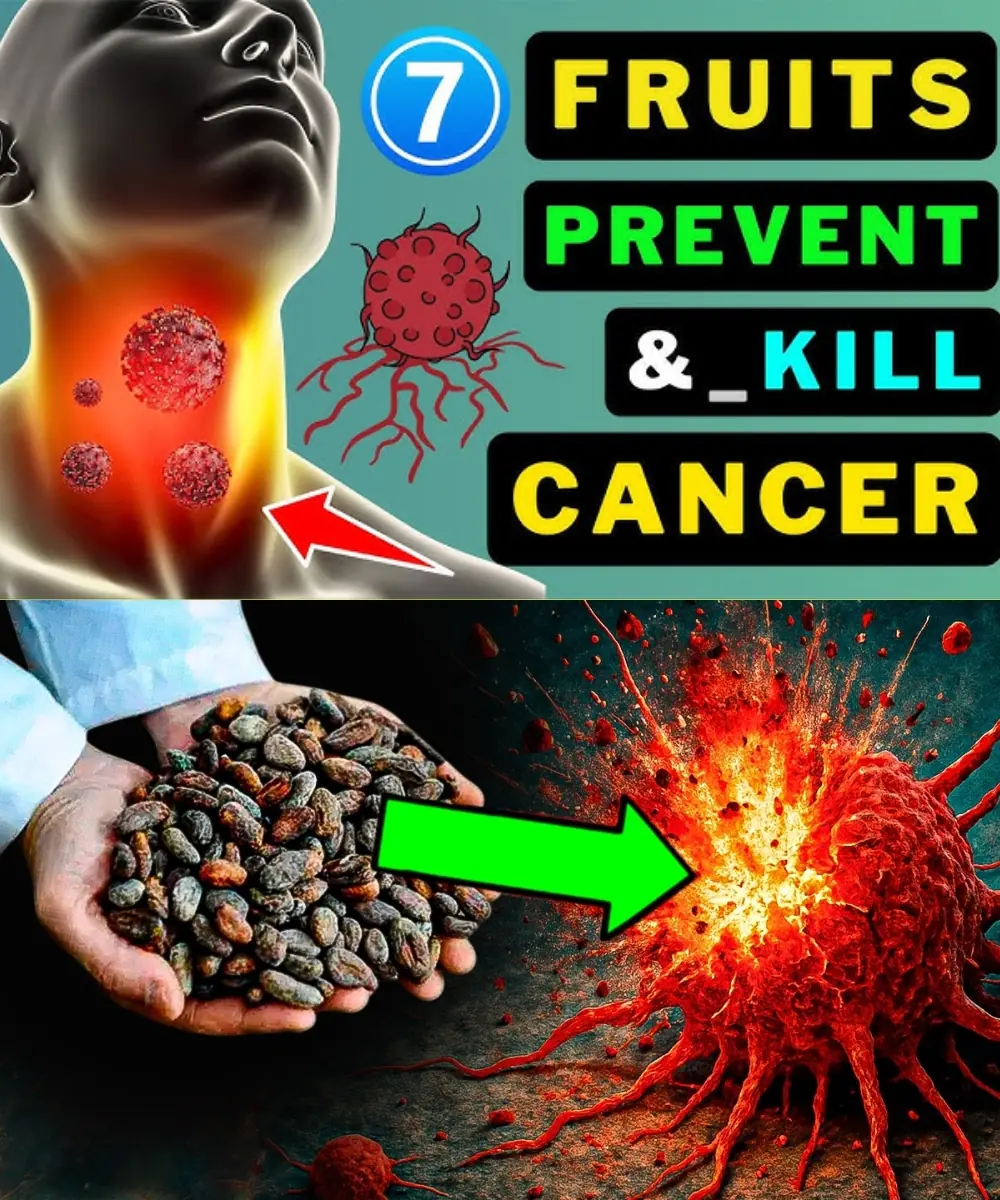
7 Powerful Fruits That May Help Prevent and Fight Cancer
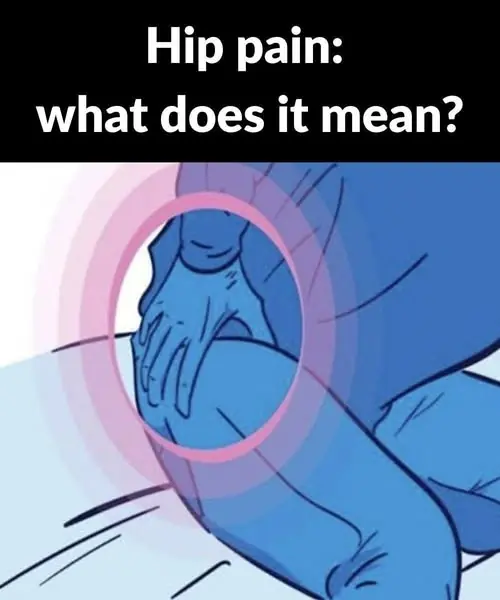
🦵 Hip Pain: What Does It Mean? Common Causes & When to Seek Help
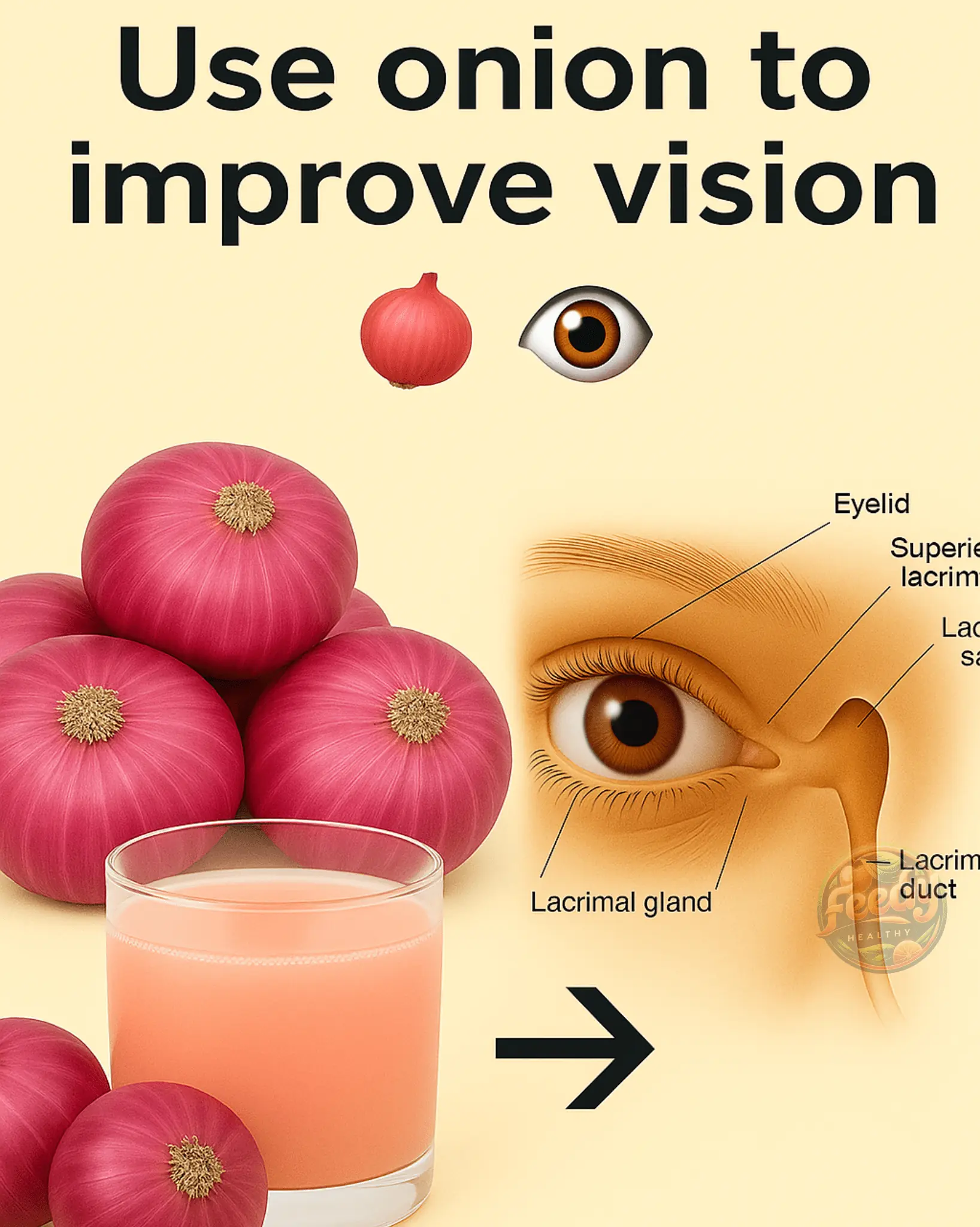
Can Onions Really Boost Your Vision?
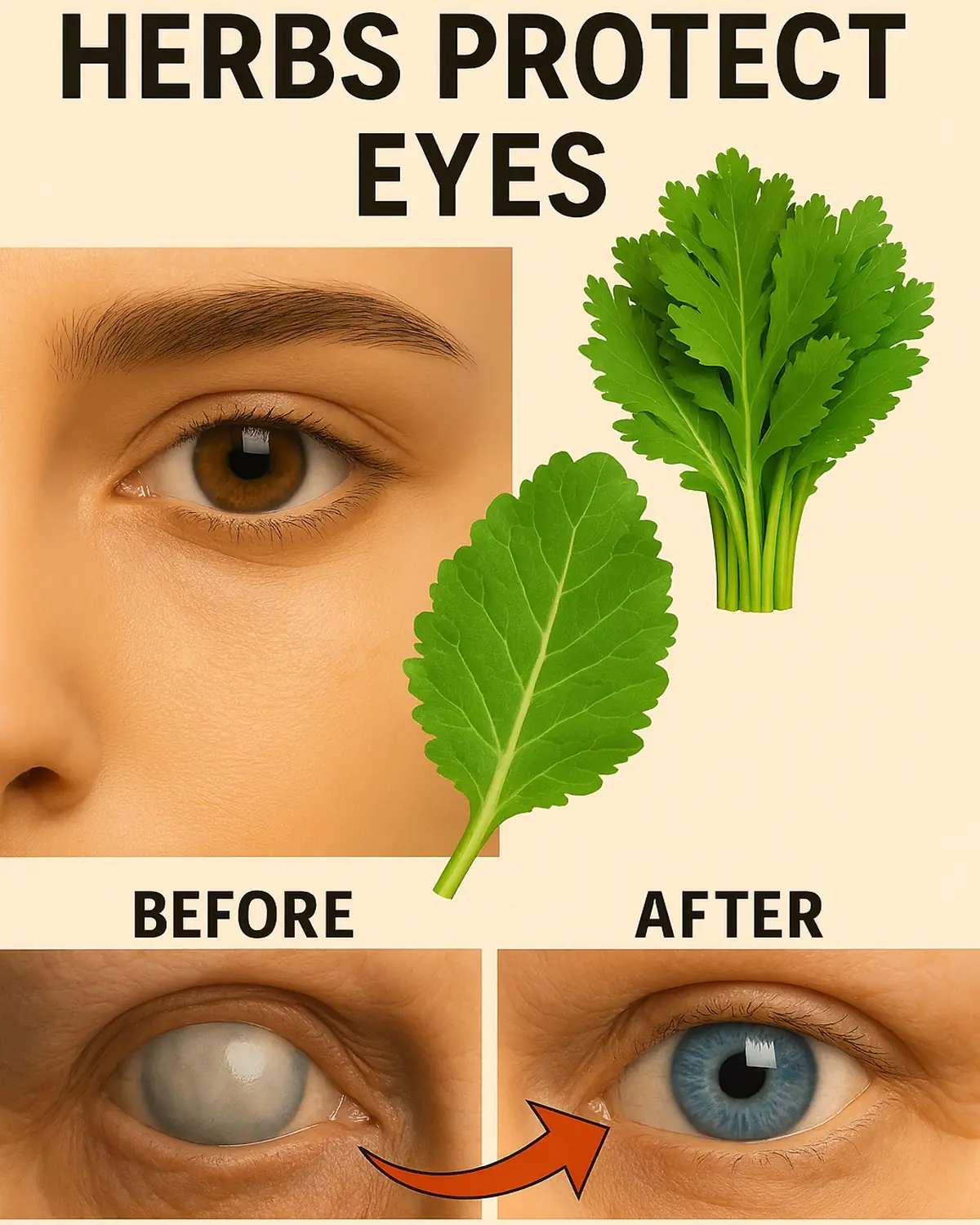
See the Difference: 5 Natural Leaves That Promote Eye Health

How to Identify Real Rice from Fake: A Practical Guide

3-Step Okra Skin Care: Get Rid of Wrinkles, Large Pores & Dark Spots

Garlic, Cloves, and Ginger Destroy Toxins and Fungi in the Body! 🌿✨ Grandma’s Golden Recipe Revealed

No Maid Survived a Day With the Billionaires Triplets, Until the Black Woman Arrived and Did What No One Could

Honey Garlic Salmon & Roasted Sweet Potato Bowl 🍯🐟🍠
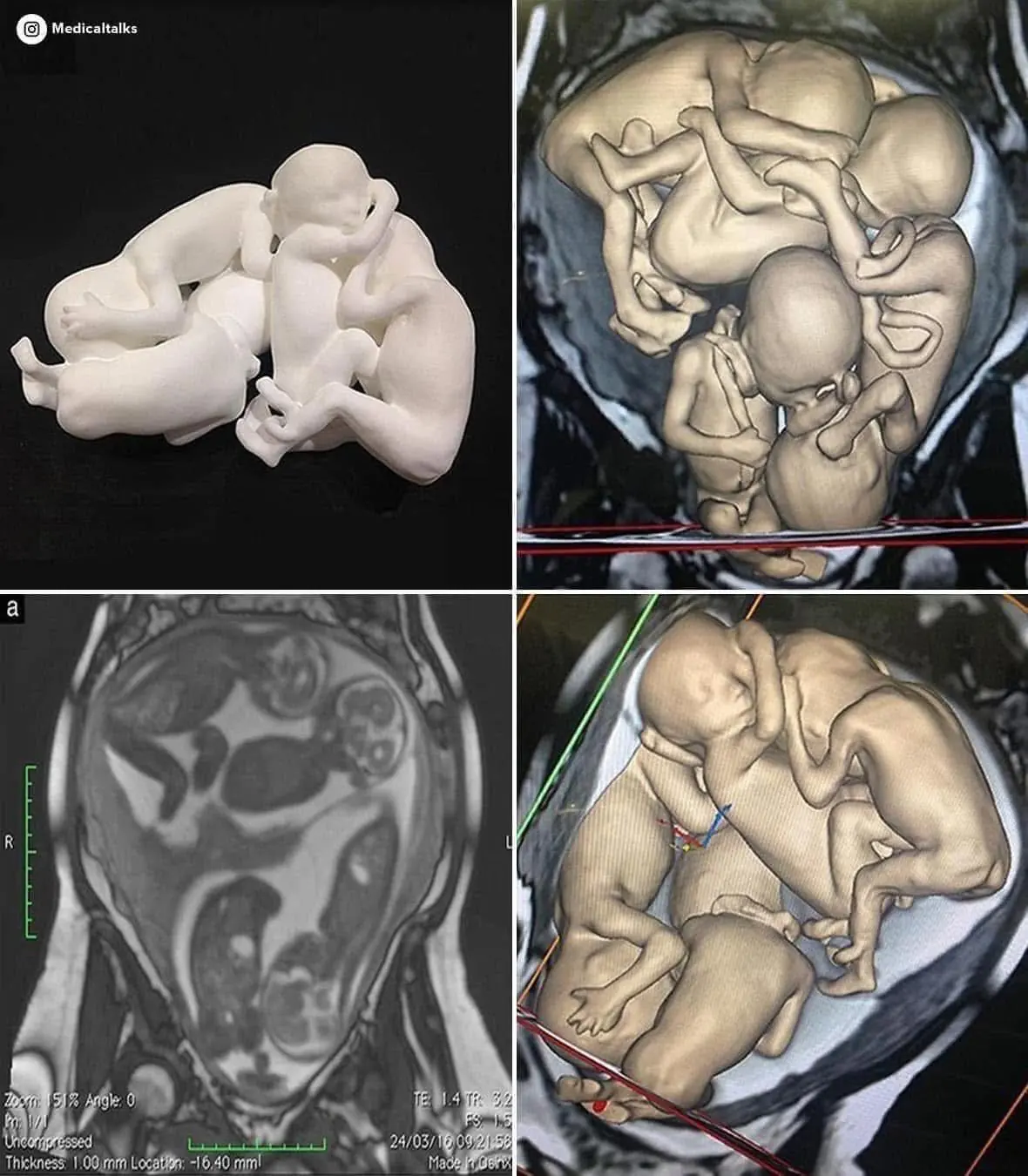
Multiple Pregnancy After IVF – The Miraculous Case of Quadruplets in France
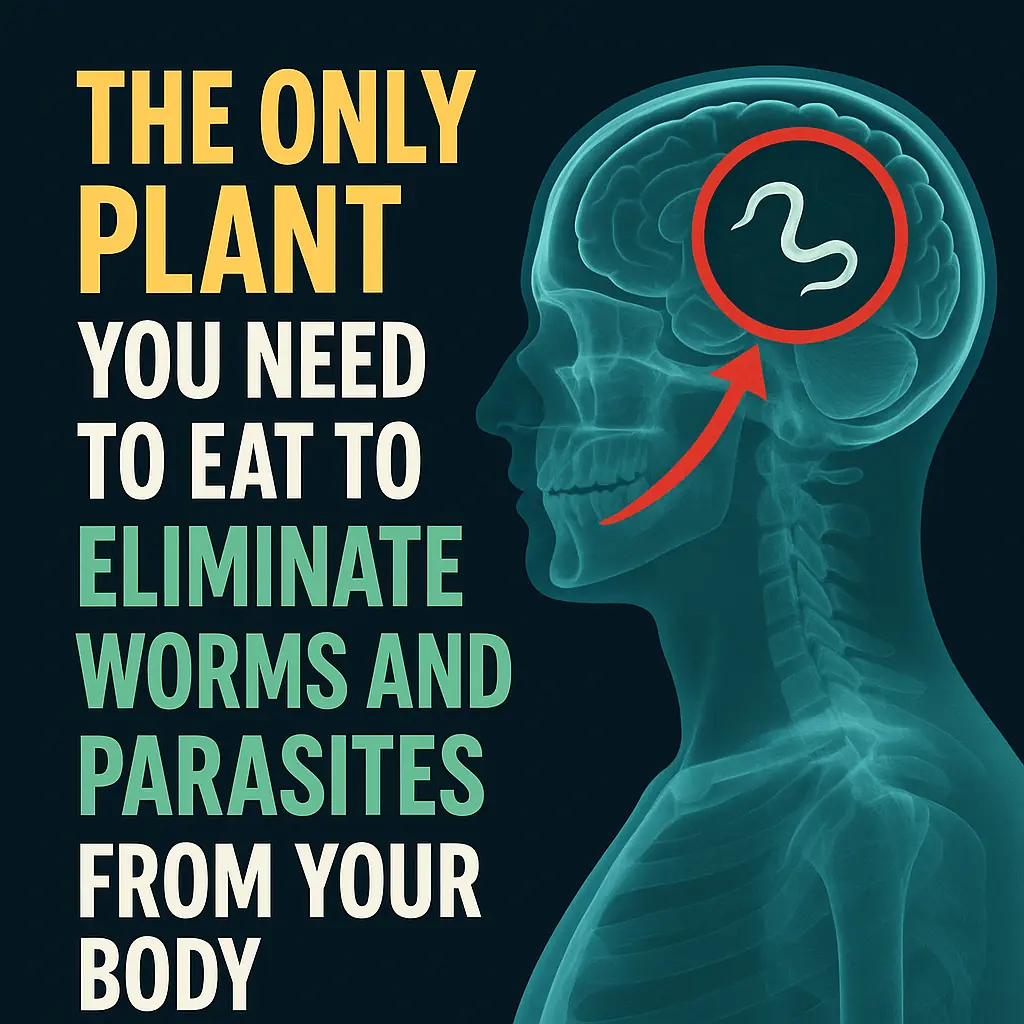
Just 2 tablespoons… Eliminate all worms and parasites from your body.
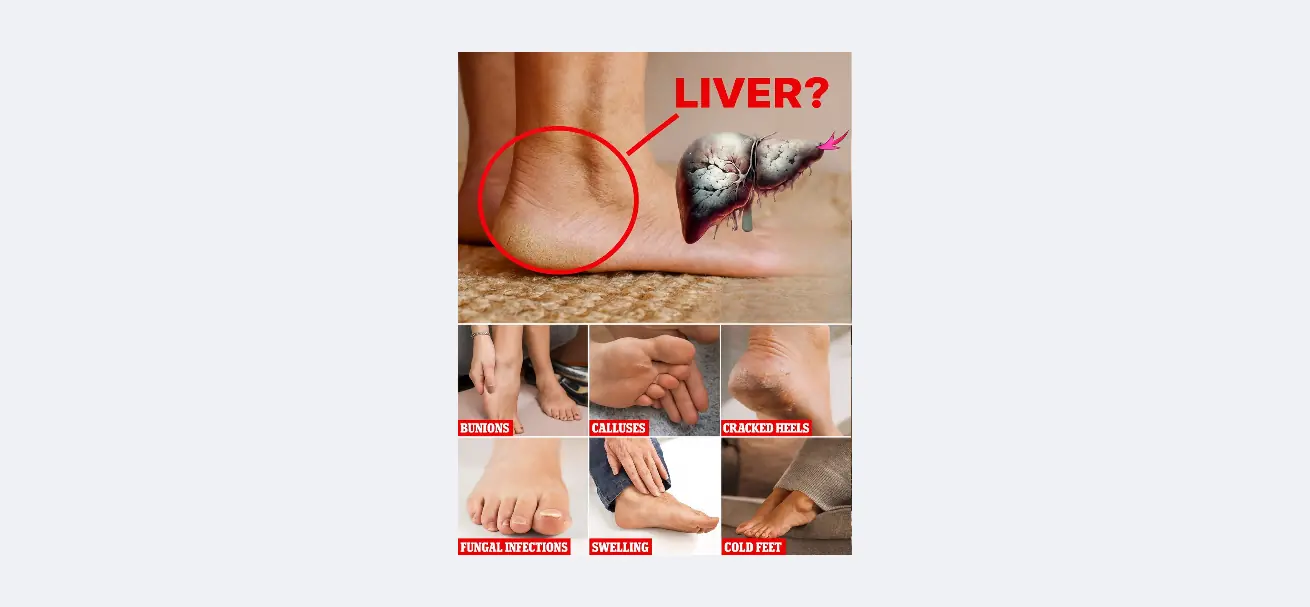
Your Feet Are Screaming for Attention: 6 Shocking Health Clues Hidden in Your Soles!
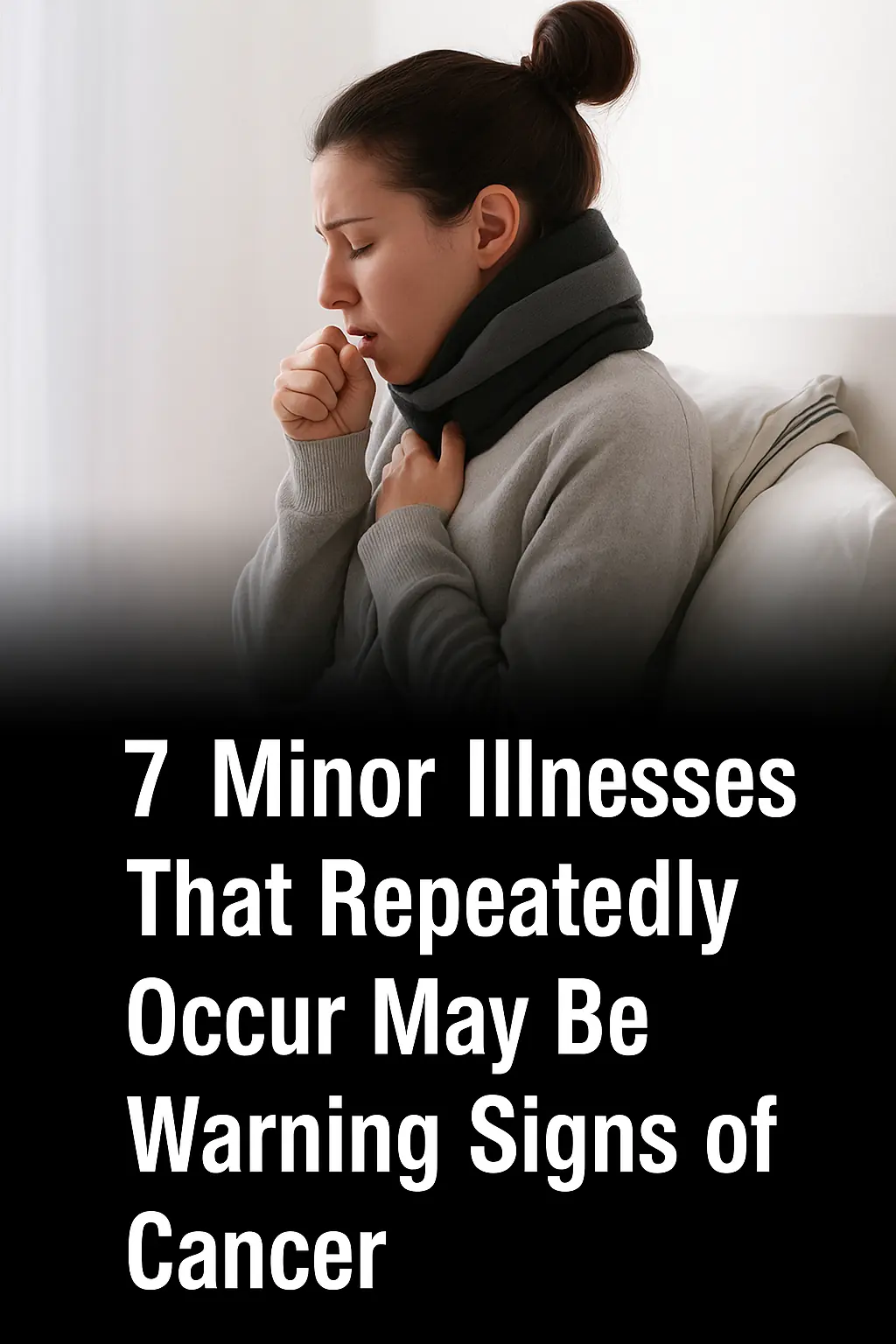
7 Minor Illnesses That Repeatedly Occur May Be Warning Signs of Cancer
News Post

It’s been a rough few years for Simon Cowell
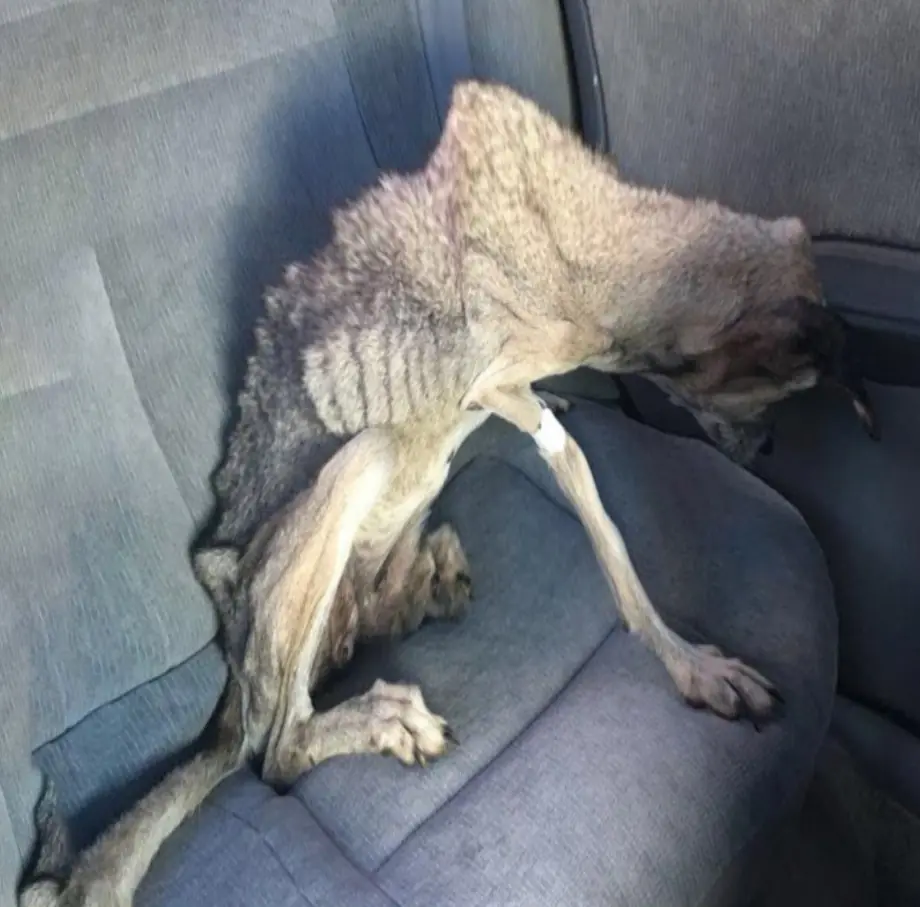
Neglected Dog Prince Finds Hope and Healing Thanks to Rescue and Compassionate Care

Nona’s Journey: From Abandonment to a Loving Family

4 “Golden” Signs in Your Feet That Reveal Longevity: If You Have Them, You’re Likely to Live a Healthy Life

The Surprising Health Benefits of Chicken Feet
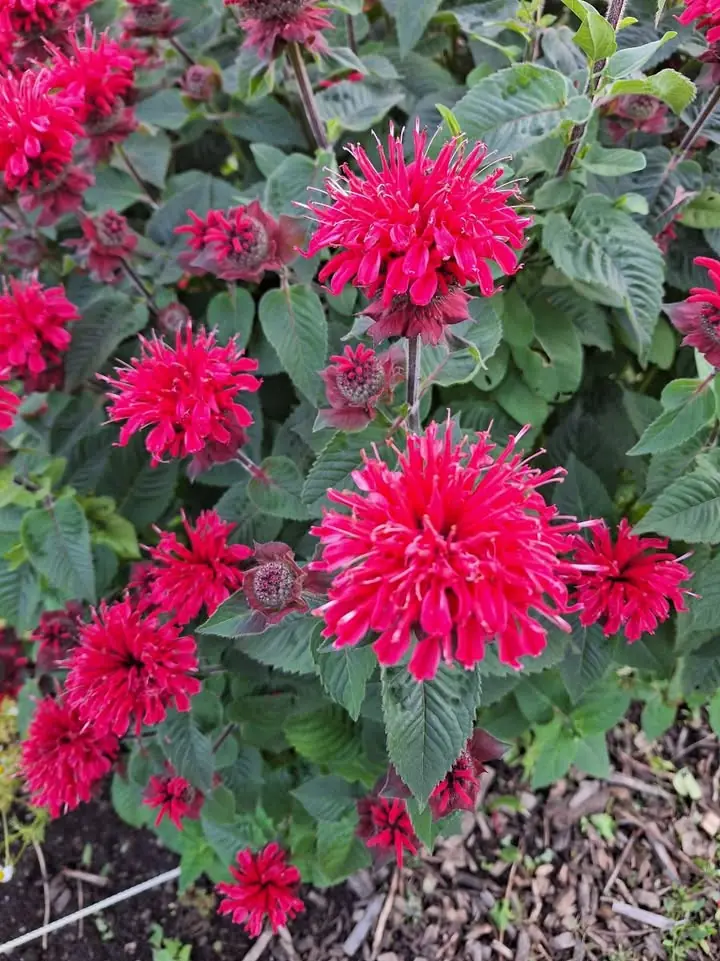
All gardeners should grow this native perennial. Here's why
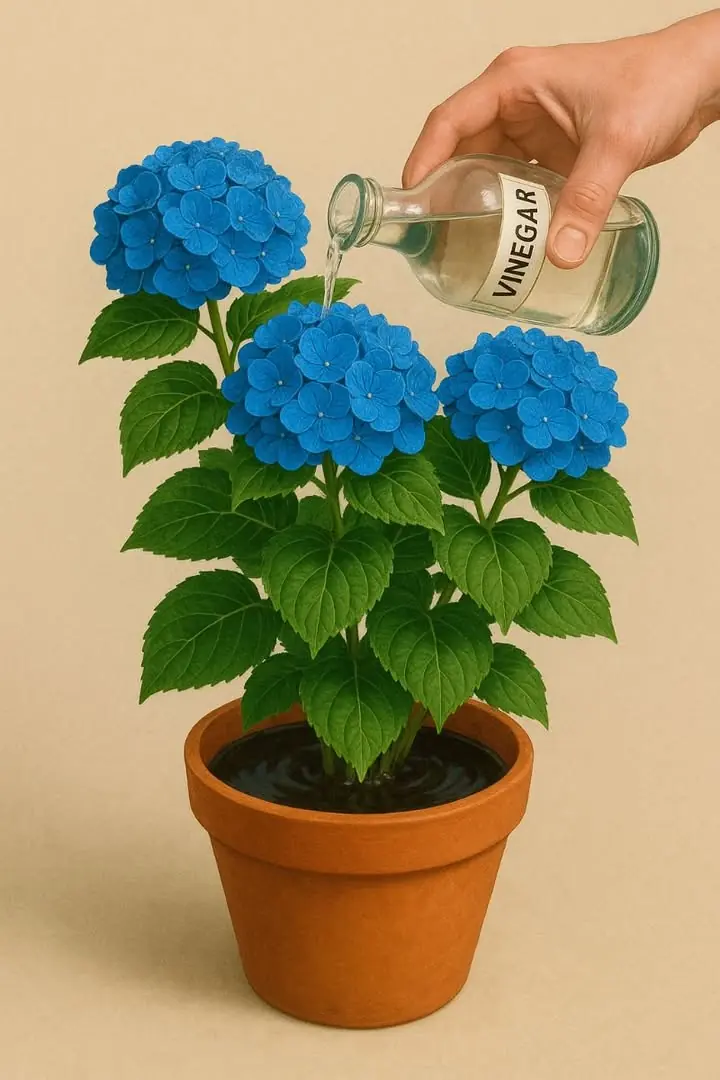
Vinegar makes hydrangeas bloom and bluer? 13 best garden hacks most don’t know
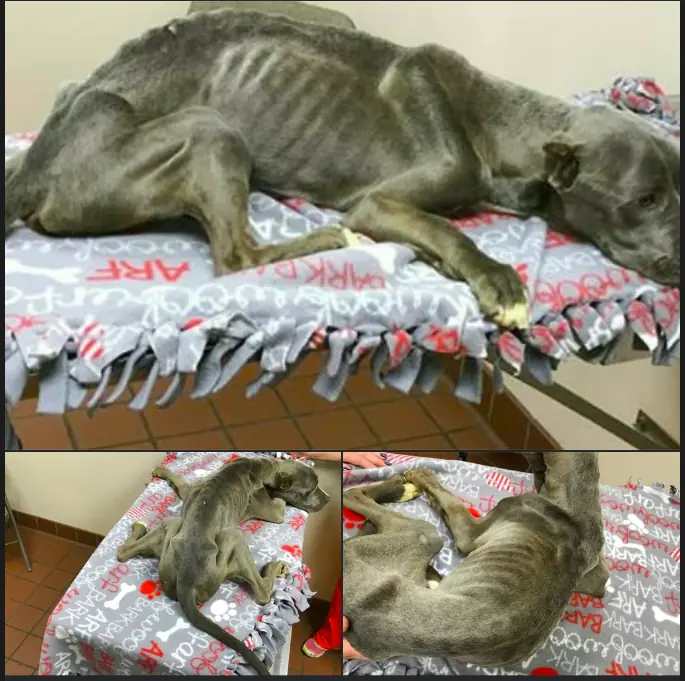
Maintenance worker finds starving dog and rushes to help: when vet lifts its paw, tears flow

Spain’s Vortex Bladeless Reinvents Wind Power with Blade-Free Turbines

Japan’s Vending Machines Equipped to Save Lives During Earthquakes

❗Avoid Cloves If You Have These Health Issues – What Doctors Rarely Warn You About
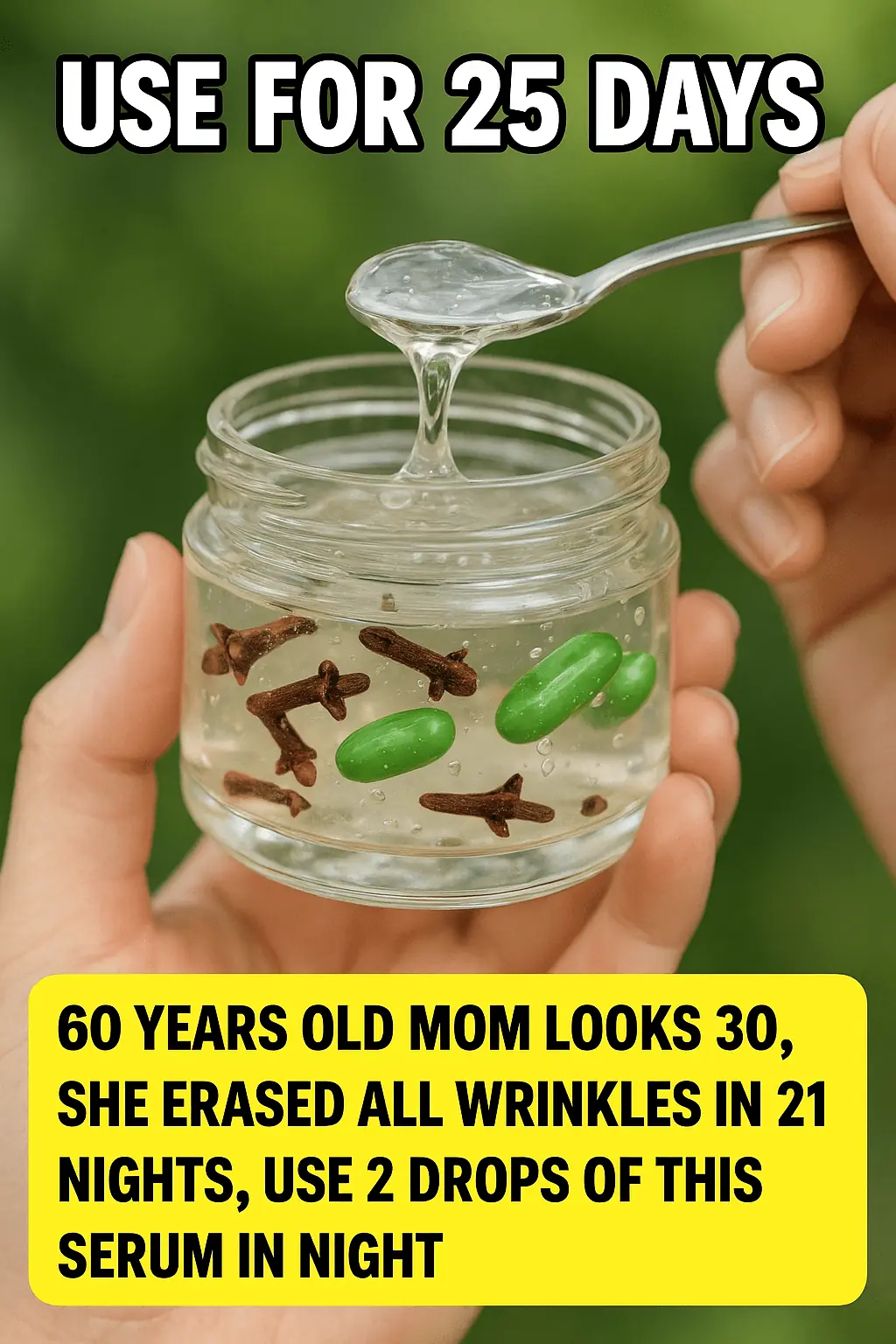
DIY Clove Wrinkle Eraser Serum – Get Younger, Glowing Skin Naturally!

Why Your Legs Cramp At Night (And How to Fix It)

Discover the Hidden Treasure in Your Home: Kalanchoe and Its Medicinal Properties
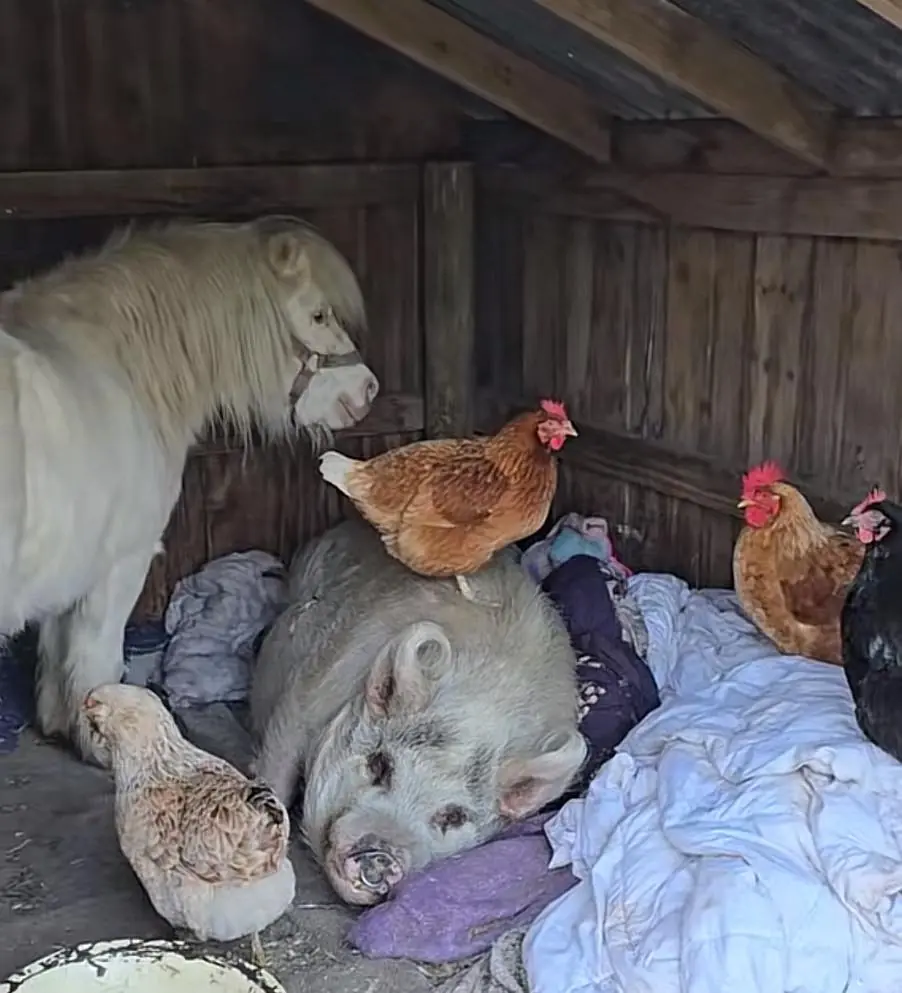
From Fear to Family: How a Rescued Pig Found Healing Among Farm Friends

My Daughter Banned Me from Seeing My Grandchild Because Her Husband Doesn't Want 'Single Mom Influence' in Their Home

Even the flies thought he was dead – his amazing recovery will make you cry

More people are dying from heart failure, doctors warn: give up these 4 habits now
